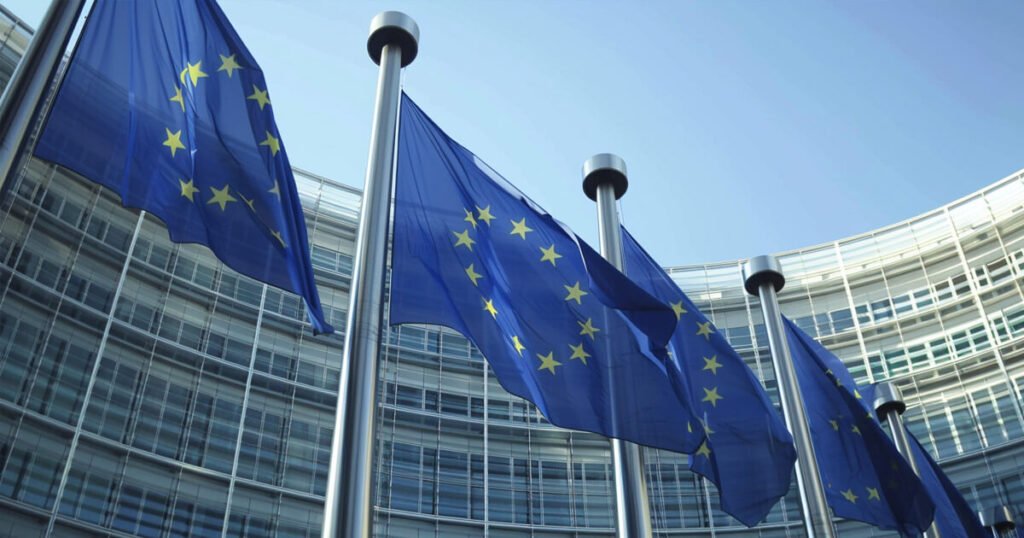The EU’s impending crypto regulations, set to be fully implemented on Dec. 30 under the MiCA framework, are causing concerns about potential disruptions to market liquidity. The rules will require the delisting of Tether’s USDT, the most widely used stablecoin in the world, from EU-regulated platforms. These regulations aim to increase transparency and prevent illicit financial activities by mandating stablecoin issuers to obtain e-money licenses, maintain significant reserves, and oversee payment transactions. However, Tether Limited has not obtained such a license, leading to its removal from crypto exchanges in the EU.
The absence of USDT in the EU market is expected to impact trading activities and increase costs for investors who heavily rely on the stablecoin to efficiently move funds. The liquidity challenges posed by the delisting of USDT could lead to a shift towards fiat trading pairs, as seen with exchanges like OKX, which delisted USDT in Europe earlier this year. Market participants are concerned about reduced liquidity and potential fragmentation of trading activity as a result of these regulatory changes.
While the EU is taking a strict regulatory approach towards cryptocurrencies, the US is showing increased optimism under the leadership of President-elect Donald Trump, who has expressed pro-crypto policies. Critics argue that the EU’s regulations may push traders and liquidity providers to less restrictive jurisdictions, potentially undermining Europe’s competitiveness in the global crypto market. Despite the European Central Bank reporting a rise in crypto ownership in the eurozone, venture capital investment in European crypto startups has declined, raising concerns about the region’s ability to attract innovation and investment under stricter regulations.
The conflicting signals in the crypto market highlight the challenges faced by the EU as it aims to ensure greater market stability and transparency while preserving competitiveness. The immediate impact of these regulations on liquidity and investor confidence will test the bloc’s ability to adapt and thrive in the rapidly evolving digital asset ecosystem. As the crypto market navigates these regulatory changes, stakeholders will need to monitor the effects on liquidity, trading activity, and the overall competitiveness of the EU in the global crypto landscape.


